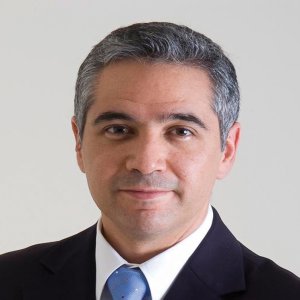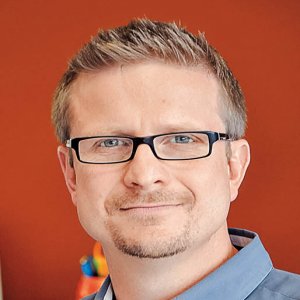Local Real Estate Capacity for National Leadership

STORY INLINE POST
Q: How did Intermex start offering shelter and industrial real estate services?
A: Intermex’s shareholders came together in 1971 when they saw the advent of the maquiladora industry. Given the number of companies coming to Chihhuahua, they saw a demand for industrial real estate. But that was just a small portion of the problem. How would these companies get their materials, equipment and people? How would they get their finished goods across the border? That gave birth to the shelter program. This joint vision came as a consequence of international companies relocating line manufacturing to Chihuahua. Intermex started as a local Chihuahua company but the growth of the automotive sector saw our customers ask us for buildings in Guadalajara, the Bajio and Durango. That drove us to expand beyond the state boundaries and become an important national player. At the national and local level, real estate providers can help customers in several areas. The most important of these is site selection, where a location is found that meets a customer’s set of variables like labor and infrastructure. Furthermore, the clusterization process in Mexico, driven by OEMs, has also had a major impact on the site selection choices of suppliers.
Q: What advantages does Intermex offer that help it to win bids?
A: Intermex wins bids due to the range of services it can offer its customers. One such advantage is our industrial land bank. There is plenty of land in Mexico but little of it has access to public services. A factory needs to have reliable access to power, water, and telecommunications infrastructure such as fiber optics. For a company like Intermex to be successful, it must have a good industrial land bank with access to such services. Having a varied land bank also helps to work on projects that have specific needs, requiring a built-to-suit environment. The builtto-suit option exists for those projects that cannot find a building with the right characteristics. Intermex has become a master at catering to such specific needs, particularly for Tier 1 suppliers who often have particular requirements. This brings us to the next category of products, inventory buildings or speculative buildings. This process involves speculation as we build the facilities ahead of time, for customers who need to get production started at once.
Spec buildings are sometimes used by Tier 2 suppliers, although these usually need build-to-suit solutions, but they really find their mark among Tier 3 suppliers.
The automotive investment boom in the Bajio has led to a very interesting phenomenon. Investments by so many OEMs there have led to a glut of build-to-suit buildings being constructed for Tier 1 suppliers. Most real estate developers construct industrial buildings with the aim of renting them to different companies over the years. This is much more difficult with build-to-suit projects, as these are designed for continuous manufacturing processes and are tailored to the needs of one particular industry or commodity. Finally, we have a sale and leaseback strategy, wherein we buy buildings to lease back to tenants. We handle few such transactions but they can come about for different reasons.
Q: Which role does the availability of public infrastructure play in site selection?
A: Deploying public infrastructure or services is incredibly expensive, it costs US$700 to build one meter of rail. The number one criteria when choosing land is whether it has access to the right infrastructure and services. For example, a site has to have access to a four-lane road, not only for transportation but also for curb appeal. Customers like to have exposure so that people passing by can know where their facilities are. However, this is not always possible, so we do sometimes have to build more transmission lines, develop a septic system or even drill wells for water. Another huge challenge we face everywhere in Mexico is buying land from indigenous communities. Knowing how to negotiate with these communities and acquire land is a specialty in and of itself.
Q: How much potential does Intermex see in the real estate market for smaller buildings?
A: Intermex pushes a concept known as the multi-tenant building. We design such buildings to get the economy of scale advantages of a larger building but with a flexible space that can be sub-divided into modules that tender to smaller companies. A building of 11,148m2 can be divided into four modules of 2,787m2, or ten modules of 1,114m2, or be rented out to just one tenant.



















